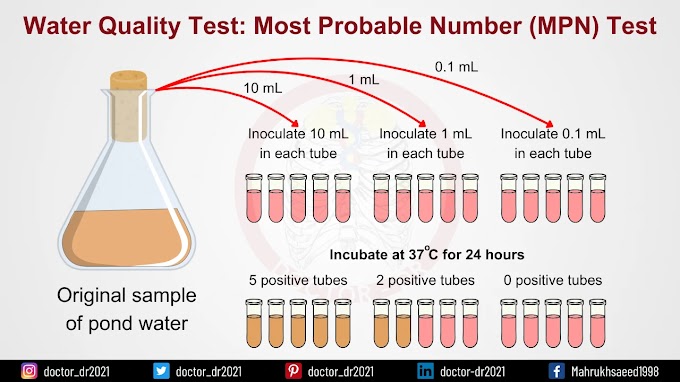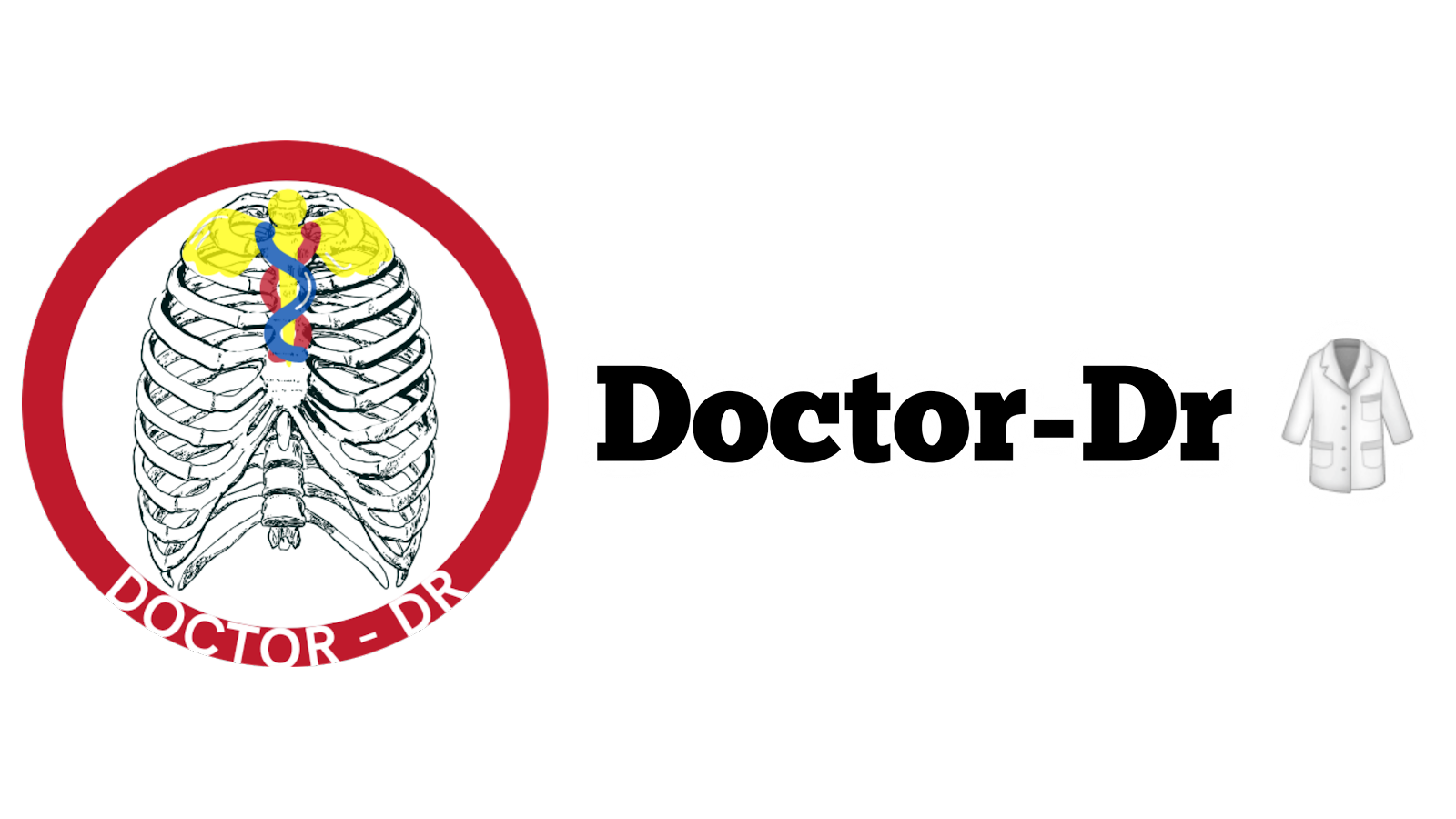Table of Contents
- Introduction to Heterologous Chromosomes
- Difference between Homologous and Heterologous chromosomes
- Heterologous chromosomes pairing
- Heterologous chromosomes Example: X and Y chromosomes
- Heterologous Chromosomes and Translocation
- Significance of Heterologous Chromosomes
- References
Introduction to Heterologous Chromosomes
- Chromosomes carry genetic information within cells and provide essential instructions for an organism’s growth, development, and functioning.
- In diploid organisms, chromosomes typically exist in pairs, with each pair made up of two homologous chromosomes that carry similar genes.
- However, not all chromosome pairs are homologous; some pairs do not share the same gene sequences.
- These are referred to as heterologous chromosomes.
- Heterologous chromosomes, also known as non-homologous chromosomes, are chromosome pairs that carry different genes or have genes arranged in different sequences from one another.
- These chromosomes differ from each other not only in genetic content but also in their size, shape, and structural characteristics.
Difference between Homologous and Heterologous chromosomes
Difference Between Homologous and Heterologous Chromosomes
| Topics | Homologous Chromosomes | Heterologous Chromosomes |
|---|---|---|
| Definition | Homologous chromosomes are chromosome pairs that contain the same gene sequences. | Heterologous chromosomes are chromosome pairs that have different gene sequences. |
| Pairing | They pair up and undergo recombination during meiosis I. | They do not undergo the same type of pairing and recombination during meiosis. |
| Structure | They share a similar structure, including chromosomal arm lengths and centromere position. | They have different structural characteristics, including size, shape, and centromere position. |
| Examples | Autosomal chromosomes | Sex chromosomes in males (X and Y chromosomes) |
Heterologous chromosomes pairing
- During the process of meiosis, chromosomes pair up and undergo recombination to ensure genetic diversity in offspring.
- Homologous chromosomes, which carry the same genes, can exchange genetic material through a process known as crossover.
- Heterologous chromosomes, on the other hand, have different gene sequences and therefore lack the necessary homology for precise pairing and crossing over.
- Due to this difference, heterologous chromosomes do not undergo the same type of pairing and recombination that is observed in homologous chromosomes during meiosis.
- Instead, heterologous chromosomes behave independently throughout meiosis, each maintaining its separate genetic identity.
- This lack of pairing and recombination between heterologous chromosomes plays an important role in preserving the distinct genetic characteristics of different chromosome pairs and contributes to overall genetic diversity in offspring.
- While typically heterologous chromosomes do not engage in pairing and recombination like homologous ones, there are notable exceptions to this pattern across various species.
- In some cases, certain regions of heterologous chromosomes may exhibit limited homology, allowing for minimal pairing and recombination.
- For instance, in mammals, the X and Y sex chromosomes are heterologous but do undergo crossing over in small, specific regions.
- The behavior of chromosomes during meiosis is not uniform across all organisms; it can vary significantly among different species and even among individuals of the same species.
- Several factors, including genetic distance and sequence similarity, can influence the extent of pairing and recombination that occurs between heterologous chromosomes.
Heterologous chromosomes Example: X and Y chromosomes
- In the XX/XY sex chromosomal system present in many mammals, including humans, there is a specific region known as the pseudoautosomal region (PAR) found on both the X and Y chromosomes.
- This PAR contains homologous DNA sequences, despite X and Y being heterologous chromosomes overall.
- The presence of this region allows the X and Y chromosomes to pair and undergo recombination during meiosis.
- This unique feature enables limited genetic exchange between the X and Y chromosomes in this specific region, which helps preserve genetic diversity while maintaining the essential functions of the sex chromosomes.
- The recombination that occurs in the PAR leads to the exchange of alleles within this region of the X and Y chromosomes.
- However, the majority of the X and Y chromosomes—outside the PAR—do not engage in pairing or crossover because they lack sufficient sequence homology.
Heterologous Chromosomes and Translocation
- Heterologous chromosomes are also involved in certain chromosomal abnormalities, particularly translocations.
- Translocations are structural chromosomal changes that occur when a segment from one chromosome breaks off and reattaches to a different, non-homologous chromosome.
- These events typically occur between heterologous chromosomes and can significantly disrupt the structure and function of genes.
- Such disruptions may result in serious genetic disorders and diseases, including various types of cancers.
- Translocations involving heterologous chromosomes can interfere with gene expression, regulatory regions, or lead to fusion genes, all of which contribute to disease development.
- Studying these chromosomal translocations is important for understanding the genetic basis of these diseases and plays a crucial role in their diagnosis and potential treatment planning.
Significance of Heterologous Chromosomes
- Heterologous chromosomes carry different gene sequences, which play a vital role in contributing to genetic diversity by preserving distinct genetic identities within each chromosome pair.
- Their inability to undergo typical pairing and recombination ensures the maintenance of unique genetic content across different chromosomes.
- This genetic distinctiveness enhances an organism's ability to adapt to changing environments and various conditions, supporting evolutionary resilience.
- In the case of sex chromosomes, the pseudoautosomal regions (PARs) present on the X and Y chromosomes allow for limited pairing and recombination.
- This limited recombination not only contributes to genetic diversity but also ensures accurate segregation of sex chromosomes during meiosis.
- Heterologous chromosomes are also frequently involved in chromosomal abnormalities, such as translocations.
- Studying these abnormalities aids in understanding the genetic basis of many diseases and disorders, helping researchers and clinicians in diagnosis and therapeutic strategies.
References
- Eijpe and Baarends (2011) discuss the behavior of the X and Y chromosomes during meiosis and explore the reasons why these chromosomes remain largely inactive. Asian Journal of Andrology, 13(6), 779–780. https://doi.org/10.1038/aja.2011.93
- Gong et al. (2010) investigate non-homologous chromosome pairing and crossover formation during meiosis in haploid rice, highlighting unique meiotic behavior in plant cells. Chromosoma, 120(1), 47–60. https://doi.org/10.1007/s00412-010-0288-3
- Pediaa.com provides a comparative explanation of homologous and non-homologous chromosomes, offering simplified distinctions for educational use. https://pediaa.com/difference-between-homologous-and-non-homologous-chromosomes/
- The National Human Genome Research Institute (NHGRI) explains chromosomal translocation, its types, and relevance to genetic disorders. https://www.genome.gov/genetics-glossary/Translocation
- Kauppi, Jasin, and Keeney (2012) elaborate on the complexity of recombination between the X and Y chromosomes during meiosis, describing mechanisms and challenges. Annals of the New York Academy of Sciences, 1267, 18. https://doi.org/10.1111/j.1749-6632.2012.06593.x
- Mangs and Morris (2007) provide an overview of the origin, structure, and functional significance of the human pseudoautosomal region (PAR), including future research directions. Current Genomics, 8(2), 129–136. https://doi.org/10.2174/138920207780368141
- Wilson Sayres (2017) presents a comprehensive explanation of pseudoautosomal linkage regions, with reference to their evolutionary and genetic significance. Reference Module in Life Sciences. https://doi.org/10.1016/b978-0-12-809633-8.06975-2









